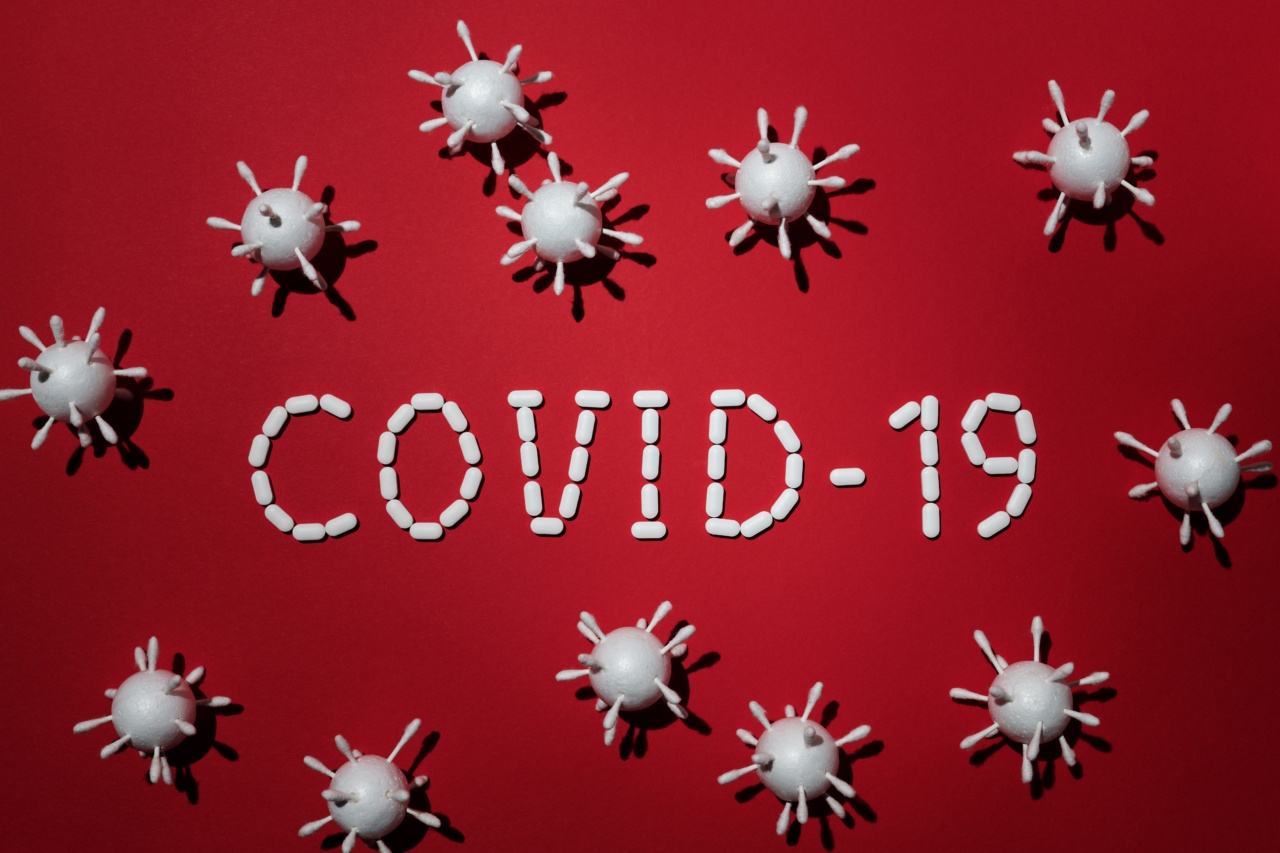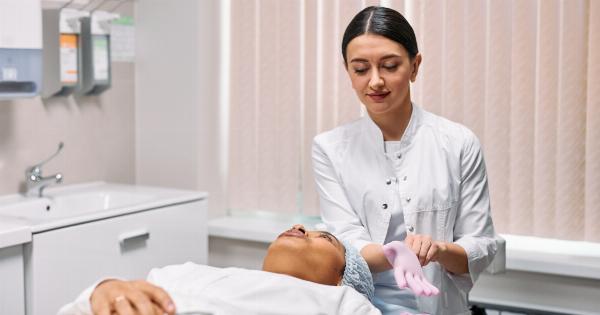Bacterial vaginosis (BV) is a common vaginal infection caused by a change in the balance of bacteria in the vagina. BV occurs when there is an overgrowth of bad bacteria or a decrease in the number of good bacteria in the vagina.
The vaginal microbiome is a complex ecosystem of diverse microorganisms, including bacteria, fungi, and viruses. The bacteria in the vagina play a crucial role in maintaining the health of the reproductive system and protecting against infections and diseases.
Bacterial Vaginosis Explained
When the balance of bacteria in the vagina is disrupted, it can lead to BV.
The exact cause of BV is not known, but it has been linked to a variety of factors, including douching, using certain hygiene products, having multiple sexual partners, and even hormonal changes. The symptoms of BV include a thin, white or gray vaginal discharge, a foul odor, itching, burning, and discomfort during sex or urination.
The Role of “Good” Bacteria in the Vagina
The bacteria in the vagina help to maintain a healthy pH balance, prevent the growth of bad bacteria, and protect against infections.
The most dominant bacteria in a healthy vagina are Lactobacilli, which produce lactic acid and create an acidic environment that inhibits the growth of harmful bacteria. The vaginal microbiome is dynamic and can change over time, for example, due to menstrual cycle fluctuations, sexual activity, and use of antibiotics.
How “Bad” Bacteria Can Cause Infection
Bacteria that are commonly associated with BV include Gardnerella vaginalis, Atopobium vaginae, and Prevotella species. These bacteria can produce an enzyme called sialidase, which can break down molecules in the vaginal fluid and cause inflammation.
This can create an environment that is less hospitable to the Lactobacilli and more favorable to the growth of harmful bacteria. The exact mechanism by which these bacteria cause BV is not fully understood, but it is thought that the inflammation caused by sialidase can lead to the changes in the microbiome that are associated with BV.
Treatments for Bacterial Vaginosis
There are several treatments for BV, including antibiotics, probiotics, and topical treatments. Antibiotics are often prescribed for BV, but they can disrupt the balance of good and bad bacteria in the vagina and lead to recurrent infections.
Probiotics, on the other hand, can help to replenish the good bacteria in the vagina and restore the balance of the microbiome. Topical treatments, such as probiotic suppositories or pH-balancing gels, can also be effective in treating BV.
The Benefits of Probiotics for Bacterial Vaginosis
Probiotics are living microorganisms that can provide health benefits when consumed in adequate amounts. They are found in a variety of foods and supplements and are increasingly being studied for their potential therapeutic effects.
Probiotics have been shown to help with a variety of digestive issues, boost the immune system, and even improve mental health. In the context of BV, probiotics can help to replenish the healthy microbiome of the vagina and restore the balance of good and bad bacteria.
The Top Probiotic Strains for Bacterial Vaginosis
Not all probiotics are created equal and not all strains are effective in treating BV. The most effective strains for BV are those that produce lactic acid and create an acidic environment in the vagina.
Some of the most commonly used strains for BV include:.
- Lactobacillus acidophilus
- Lactobacillus crispatus
- Lactobacillus jensenii
- Lactobacillus rhamnosus
It is important to note that not all probiotic supplements are effective, and some may even contain harmful or ineffective strains.
When looking for a probiotic supplement, it is important to choose a product that is specifically formulated for women’s health and that contains the strains that have been clinically studied for their effectiveness in treating BV.
Preventing Bacterial Vaginosis
There are several things that women can do to help prevent BV, including:.
- Avoiding douching or using harsh cleansers on the vagina
- Wearing cotton underwear and avoiding tight-fitting clothing
- Limiting the number of sexual partners and practicing safe sex
- Using probiotics or eating a diet rich in probiotic foods
- Managing stress and getting enough sleep
By maintaining a healthy microbiome and taking care of their reproductive health, women can reduce their risk of developing BV and other vaginal infections.



























